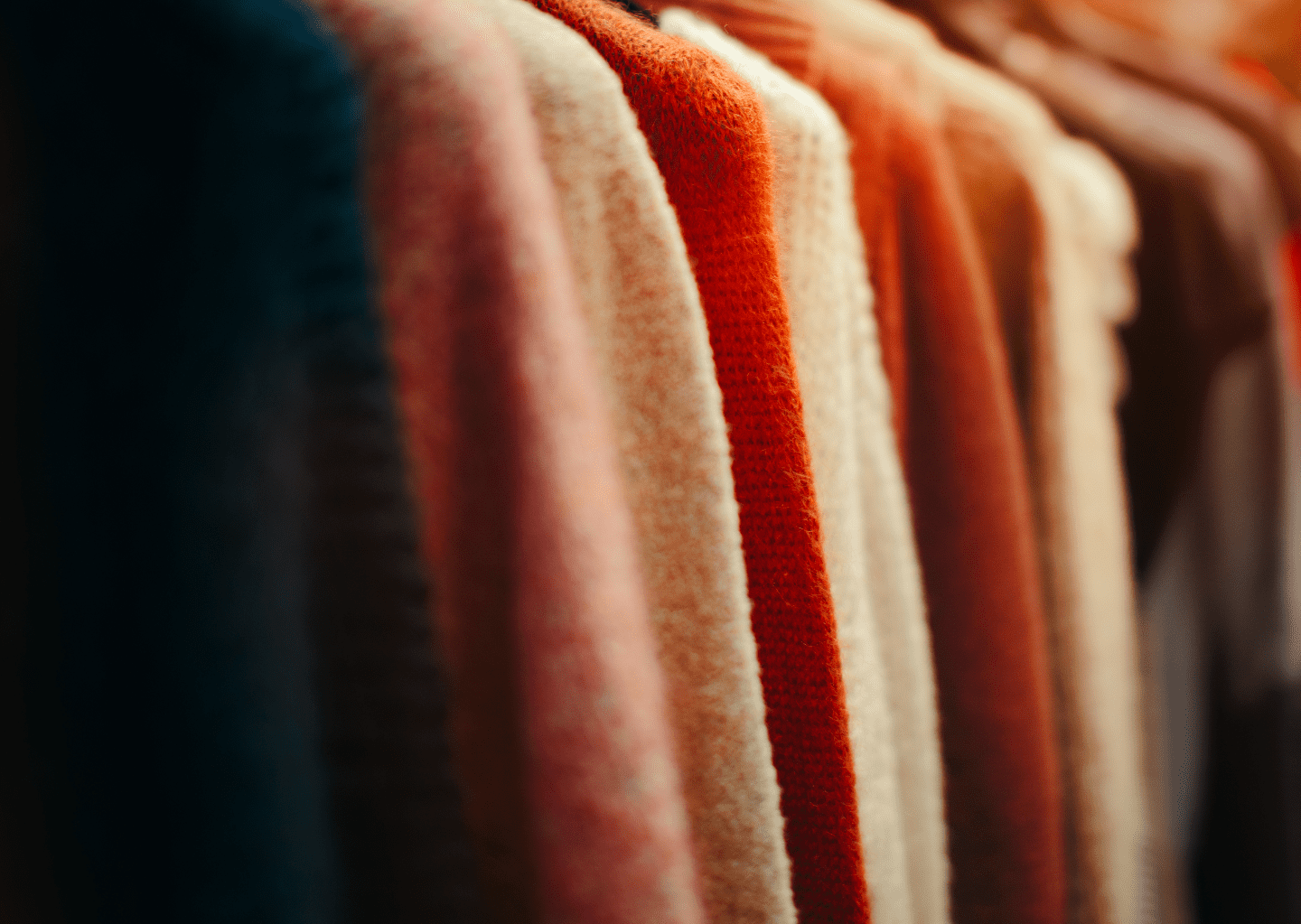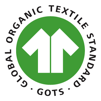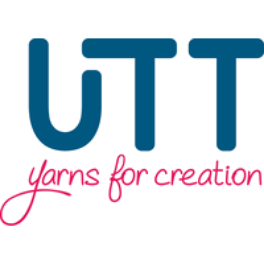One day, we sat around a table, figures under the nose. We rubbed our eyes together. No, we weren’t dreaming. And yes, as textile manufacturers, we had our share in these figures.



Clothes sold worldwide (X2 between 2000 and 2014).
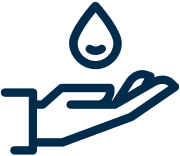
Drinking water is used to produce clothes.

Tons of micro-plastics released into the ocean.
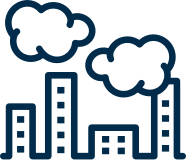
Textile is the second most polluting industry in the world.
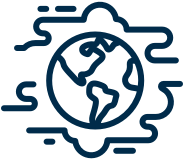
Tons of greenhouse gases emitted (> international flights or maritime transport combined).
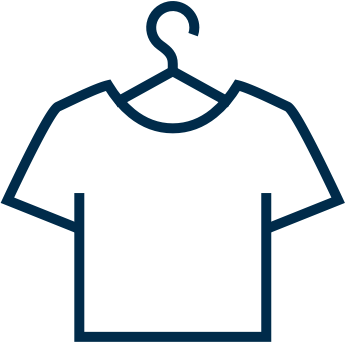
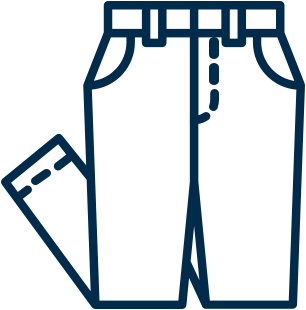
It needs about 700 liters of water to make 1 shirt and it needs between 7,000 and 11,000 liters of water to make 1 pair of jeans.

It needs about 700 liters of water to make 1 shirt and it needs between 7,000 and 11,000 liters of water to make 1 pair of jeans.

We keep our clothes half as long as 15 years ago.

The increase in clothes purchasing over the last 15 years.
We thought we had to start assuming and work to correct the excesses in which we had all fallen: industrialists, brands and consumers.


We are optimistic. Solutions exist to greatly reduce the environmental impact of the clothing industry.


Recycled Polyester
From post-Consumers bottles (certified GRS)
Bottles to make one kilo of fibers.
Recycled cotton
With post-consumer wastes (end consumer wastes).
Recycled clothes worldwide.
Of the global fashion market is engaged in the circular economy.
Organic cotton
Produced and certified according to the standards of organic farming (OCS and GOTS).
Of the global cotton volume is organic .
Produce organic cotton.
Organic wool
Produced and certified according to the standards of organic farming (OCSand GOTS).

